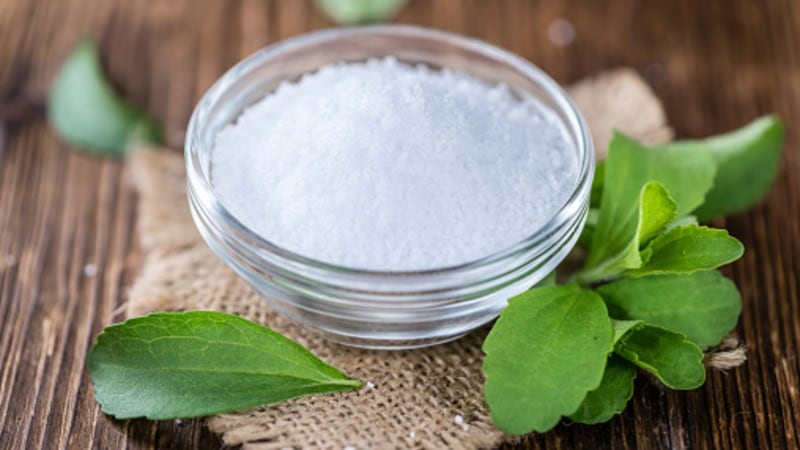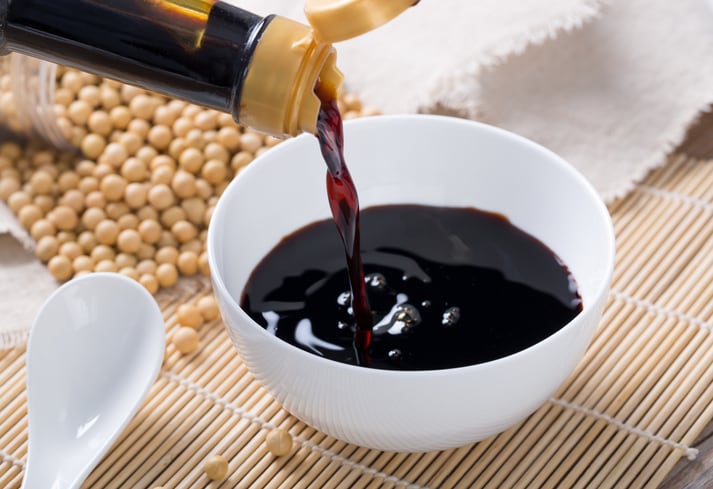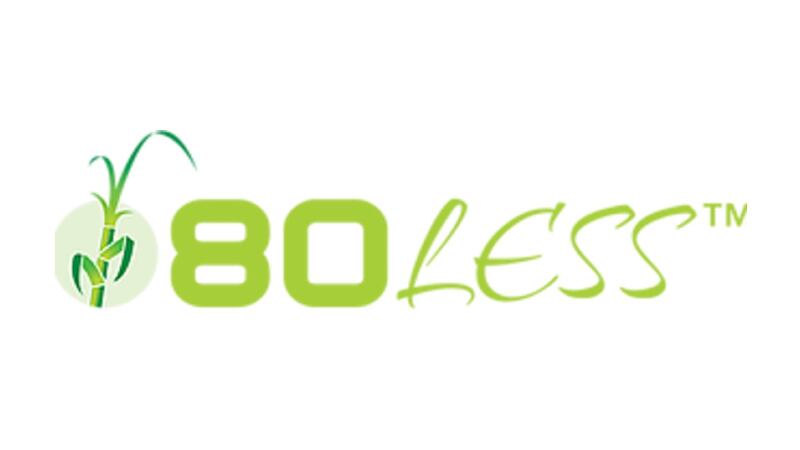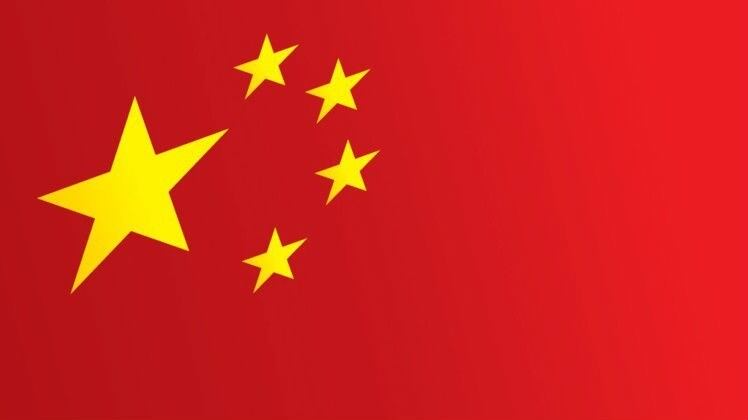According to formal documentation on the Healthy China 2030 movement, the government aims to cut local sugar consumption by at least 17% compared to 2012 numbers – so the goal would be for Chinese consumers to be consuming not more than 25g of sugar per person by 2030, as compared to 30g previously.
“At present, China consumes approximately 15 million tons of sugar annually, [but] sugar intake is expected to decrease because of China’s ‘Healthy China 2030’ initiative,” SweeGen Vice President of Sales Luca Giannone told FoodNavigator-Asia.
“[As a result of this initiative as well as evolving consumer trends], achieving good health, wellness and weight management are on the minds of most consumers in China when choosing their snacks and beverages.
“[So] with this ongoing consumption upgrade happening among the majority of consumers in China, [we believe] more and more local CPG brands will join the global trend of sugar reduction, [calling for the need for alternatives such as stevia.
“SweeGen aims to reduce sugar and artificial sweetener [consumption], which is a major goal in the ‘Healthy China 2030’ objective - [our stevia sweeteners] can replace up to 100% of sugar, fructose or artificial sweeteners in many food and beverage applications.”
The firm has partnered with state-owned agency China Commercial Foreign Trade Group (CCFT), which owns the China Commerce Sugar Industry Co, one of the largest sugar distributors and trading partners both in China and internationally.
“The biggest challenge to sell food ingredients in China is the distribution channel, [which] is why [we chose to work with] CCFT, which is one of the major players there. This strategic partnership with CCFT will help to expand SweeGen’s regional application capabilities to support and collaborate closely with firms to enable unique local solutions with regard to stevia,” Giannone added.
“We are currently anticipating the approval of [one of our stevia sweetener molecules] Reb M in the country, which will be monumental as [we foresee] the arrival of this new natural sweetener will lead to the China market opening to collaborate with us on developing consumer preferred tastes in products with reduced sugar.”
Stevia sweeteners in general are not a new thing in China, but Giannone highlighted that SweeGen’s sweeteners under the Bestevia brand are ‘next generation’ stevia sweeteners, which are processed using a new type of technology.
“The difference between stevia sweeteners introduced years ago and Bestevia lies in our proprietary bioconversion technology. This uses enzymes to bioconvert steviol glycosides into better tasting components [than before], which are then isolated and purified,” he said.
“SweeGen is the first to introduce scalable stevia sweeteners produced by this proprietary bioconversion process of bioconversion, [which] is unlike any other on the market.”
Other APAC goals
In addition to China, SweeGen also has its eye on several other major markets in the Asia Pacific region, and its strategy so far has to be to focus intensely on the regulatory aspects first.
“We are heavily investing in regulatory approvals to set up in the South East Asia (SEA) market, especially in relevant countries like Indonesia. Just this year, we successfully achieved approvals in Australia, New Zealand and Singapore,” said Giannone.
“On the horizon, we will also expand to India. With a population of over one billion, we foresee great potential for sugar reduction in the South Asian region too.”
The firm is also establishing an APAC food and beverage application center in APAC in Singapore within the next six to 12 months, in hopes of working with food brands and manufacturers to create zero-sugar products using stevia.
We’ll be shining the spotlight on Reformulation and Fortification in our Growth Asia 2020 interactive broadcast series. Register for free here.





